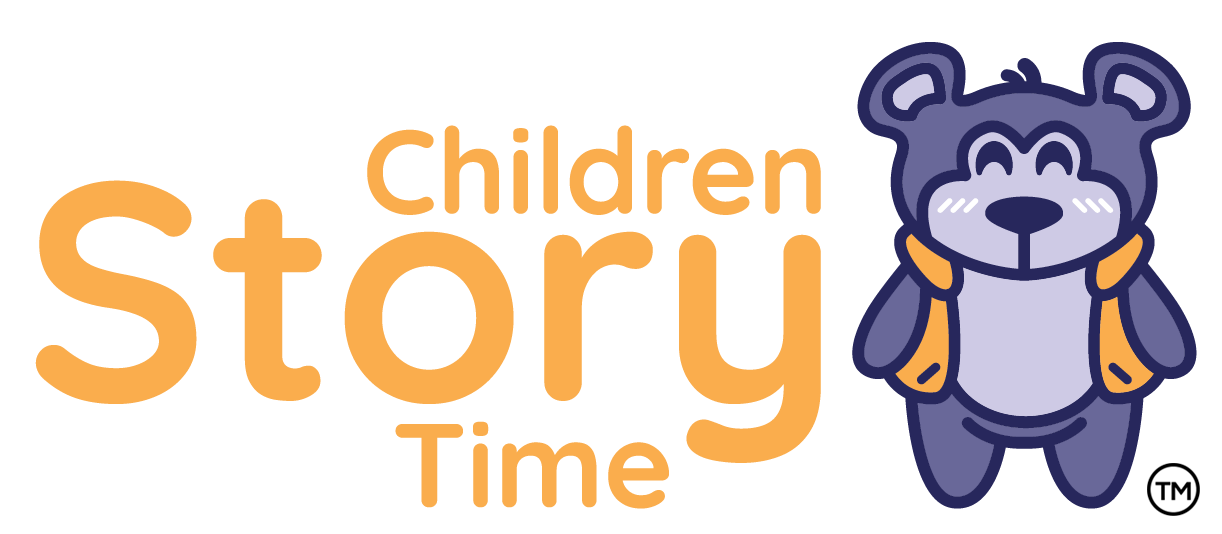
Introduction
In the vast universe of books and writing, every
page has the potential to shape young minds and
broaden their understanding of the world. As
parents, teachers, mommy bloggers, and avid
readers, we have a unique opportunity to curate a
diverse and inclusive children’s library. This guide is
a journey into the heart of literature, exploring the
importance of representation, cultural awareness,
and the magic of fostering empathy through a
thoughtfully curated collection of books.
Section 1: The Power of Diverse Representation

The Impact of Representation in Children's Literature
Collaborate with parents, teachers, and mommy bloggers to
understand the profound impact of representation in shaping a
child’s worldview. Discuss the importance of diverse characters,
cultures, and experiences in fostering empathy, promoting a
sense of belonging, and breaking down stereotypes.
Selecting Books with Diverse Protagonists
Engage in a dialogue about the significance of choosing books
that feature protagonists from diverse backgrounds. Collaborate
on creating lists of children’s books that celebrate characters of
different races, ethnicities, genders, abilities, and family
structures. Discuss the positive effects of exposing children to a
variety of perspectives.

Section 2: Navigating Cultural Sensitivity in Children's Literature

Cultural Authenticity in Storytelling
Collaborate on the importance of authentic storytelling when
representing different cultures. Engage with teachers, parents, and
mommy bloggers to discuss how to evaluate the authenticity of
narratives, avoiding cultural stereotypes and ensuring accurate
depictions. Share resources that help in navigating cultural sensitivity in
children’s literature.

Celebrate Cultures Through Festivals and Traditions
Explore ways to celebrate diversity by incorporating books that highlight
various cultural festivals, traditions, and celebrations. Engage in a
conversation about the benefits of learning about different customs and
fostering an appreciation for the richness of global cultures.
Section 3: Inclusive Storylines and Themes
Promoting Inclusivity Through Storylines
Discuss the importance of inclusivity not only in characters but also in
storylines. Collaborate on creating lists of books that explore themes of
friendship, acceptance, resilience, and inclusion. Share insights on how
such stories contribute to building empathy and understanding among
young readers.

Books Featuring Diverse Family Structures
Engage with parents, teachers, and mommy bloggers to explore the
inclusion of books that depict diverse family structures. Discuss how
literature can reflect the reality of various family dynamics, fostering a
sense of acceptance and normalization of diverse family compositions.

Section 4: Incorporating LGBTQ+ Narratives in Children's Books

The Importance of LGBTQ+ Representation
Collaborate on the significance of including LGBTQ+
representation in children’s literature. Engage in a conversation
about the positive impact of exposing children to stories that
reflect diverse sexual orientations and gender identities. Share
resources that assist parents, teachers, and mommy bloggers in
selecting age-appropriate LGBTQ+ inclusive books.
Normalizing LGBTQ+ Relationships
Discuss strategies for normalizing LGBTQ+ relationships through
literature. Collaborate on creating booklists that feature stories
where LGBTQ+ characters experience everyday adventures,
forming part of the normalized narrative rather than focusing
solely on their identities.

Section 5: Building a Library for Social Justice and Activism

Books on Social Justice and Activism
Engage with teachers, parents, and mommy bloggers to explore the role
of children’s books in introducing concepts of social justice and activism.
Discuss the inclusion of books that address issues such as equality,
environmental awareness, and kindness. Share recommendations for
age-appropriate literature that inspires young readers to become
agents of positive change.

Encouraging Critical Thinking Through Literature
Collaborate on the incorporation of books that encourage critical thinking
and discussions about social issues. Discuss the value of stories that
prompt children to question, reflect, and engage in conversations about
fairness, equality, and the world around them.
Section 6: Utilizing Book Clubs for Diversity and Inclusion

Establishing Diverse Book Clubs
Explore the concept of establishing diverse book clubs for
children. Engage with parents, teachers, and mommy bloggers to
discuss how book clubs can create safe spaces for discussing
diverse perspectives and themes. Share tips on selecting a range
of books that cater to different interests and ages.

Encouraging Conversations in Book Clubs
Discuss strategies for facilitating meaningful conversations within book
clubs. Collaborate on creating discussion guides that help guide
conversations about diversity, inclusion, and cultural awareness. Share
success stories of book clubs fostering a love for literature and
understanding.
Conclusion

As we embark on the journey of building a diverse and
inclusive children’s library, we become architects of a more
compassionate and understanding future. By collaborating
with parents, teachers, and mommy bloggers, we shape a
literary landscape where every child can find themselves
within the pages and discover the beauty of embracing
differences. May our collective efforts unlock the magic of
literature, creating a world where every story reflects the
diverse tapestry of humanity. Happy reading, discovering, and
celebrating the power of inclusion!




